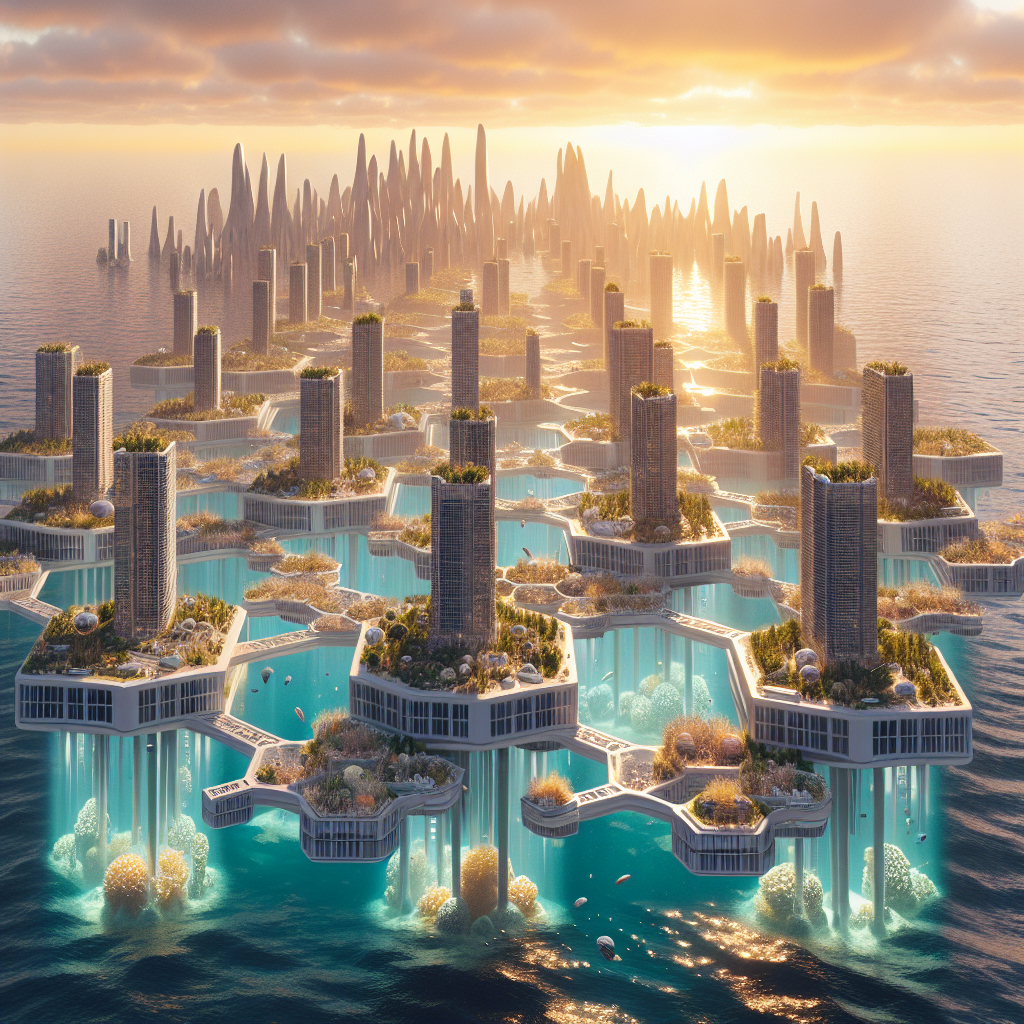Digital Fabrication: The Latest Tools in Design and Construction

Introduction
Digital fabrication has transformed the design and construction industry by providing designers and architects with the ability to create intricate and accurate designs quickly. With cutting-edge tools such as 3D printers, CNC machines, and laser cutters, designers and architects can produce stunning and precise prototypes and models in a matter of hours.
Advancements in Design and Construction
Digital fabrication has revolutionized the way architects and designers approach their work. With its ability to create complex geometries and designs, it has opened up new possibilities that were once impossible with traditional methods. It has also increased the speed of the design process, allowing designers to quickly iterate and refine their designs to achieve the desired result.
Customization on Demand
One of the most significant advantages of digital fabrication is the ability to create customized products on-demand. With 3D printing, designers can create unique and complex shapes that are tailored to specific needs and requirements. This level of customization has enabled architects and designers to create one-of-a-kind buildings, furniture, and even fashion pieces.
Sustainability Impact
Digital fabrication has also had a significant impact on sustainability in the construction industry. The use of digital tools allows designers to optimize material usage and reduce waste, resulting in more efficient and sustainable structures. For example, architects are now using 3D printing to create intricate and lightweight structures that require fewer materials and resources, reducing the environmental impact of the building process.
Real-Life Examples
Real-life examples of digital fabrication in design and construction include the 3D-printed Mars habitat prototype by NASA, which demonstrated the potential of digital fabrication to create livable structures in space. Another example is the construction of the world’s first 3D-printed bridge in the Netherlands, which was created using a robotic arm and concrete, showcasing the potential of digital fabrication to transform the construction industry.
Conclusion
In conclusion, digital fabrication is the future of design and construction, offering designers and architects the tools they need to create complex and innovative designs quickly and sustainably. As the technology continues to advance, we can expect to see even more impressive and groundbreaking projects in the field of architecture and design.





